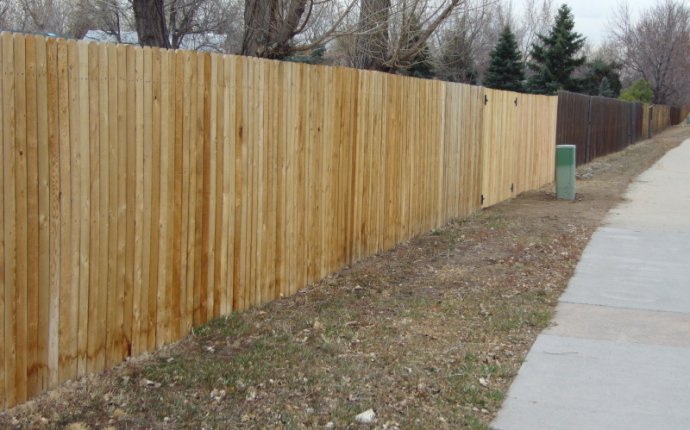
Fences repair
Sun, wind, rain, snow, rot, and below-ground frost subject wood fences to a terrific beating. Wood is vulnerable to nature's punishments, especially rotting. This means you should always repair fencing with the most rot-resistant lumber you can afford. Pressure-treated lumber has been saturated with preservatives and lasts almost indefinitely, even with wood that has been buried in the ground. This type of wood is expensive, however. Cedar and redwood stand up well underground and are also costly. Exterior paints and stains work well above ground but are almost useless below or on parts of fences in frequent contact with water.
The components of a wood fence include vertical posts, rails that run horizontally from post to post, and screening material such as boards or pickets. Examine your fence, no matter what its type, and you can probably identify each of these elements.
Rot is a wood fence's biggest enemy. Posts that weren't properly treated or set in concrete typically rot away at ground level. Bottom rails and the bottoms of screening can suffer, too, especially if vegetation has been rubbing against them and trapping water. Carefully inspect fences at least once a year, paying particular attention to these areas. When you find a problem, correct it before the damage spreads. One weak post, for example, could pull down an entire fence.
The following article will tell you the steps you need to take to keep your fence in the best shape possible. It also will show you how to put up a new fence if your old one is a lost cause. Before we tell you how to build a new fence, however, we'll focus on making repairs that are much more minor.









